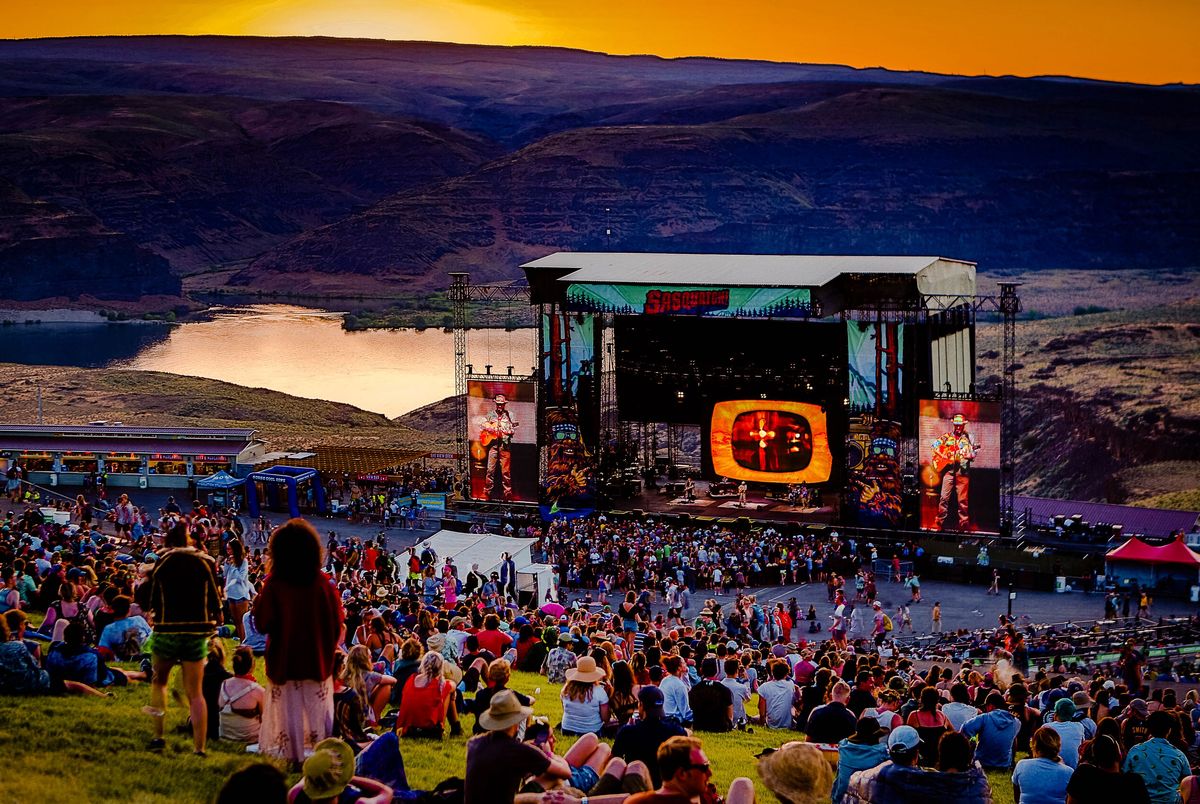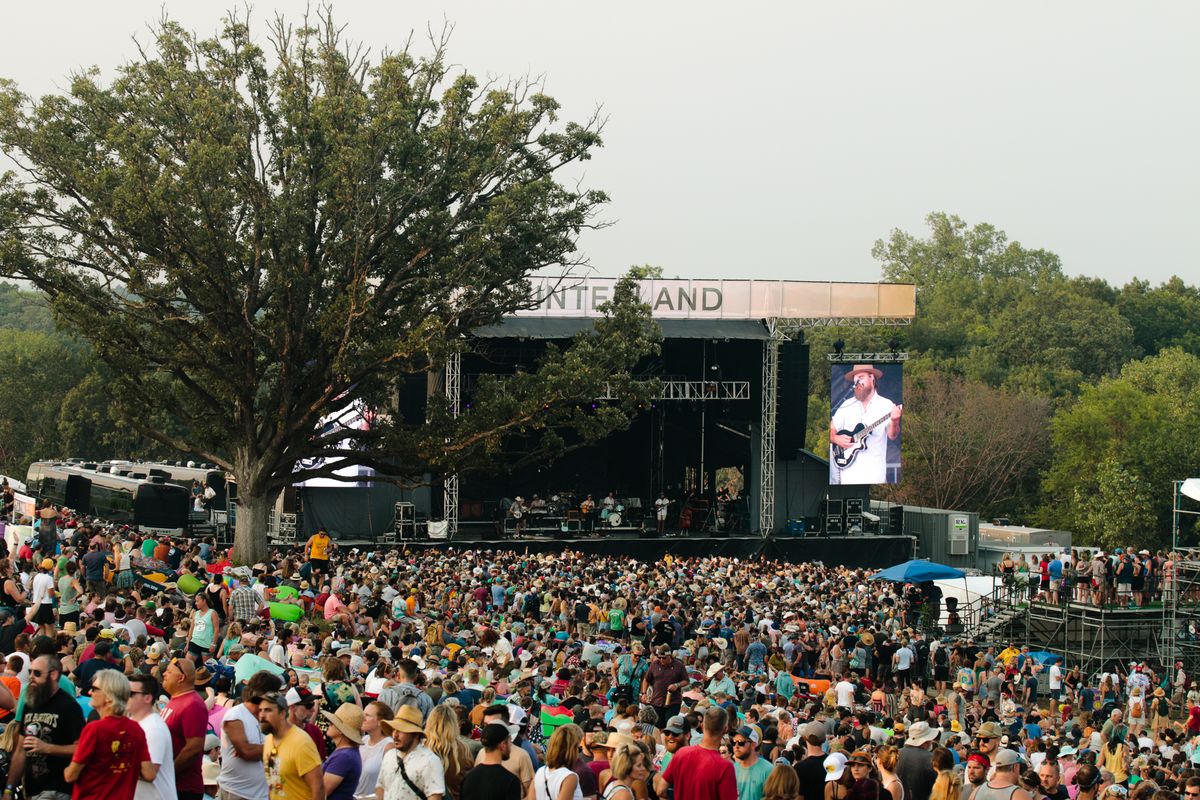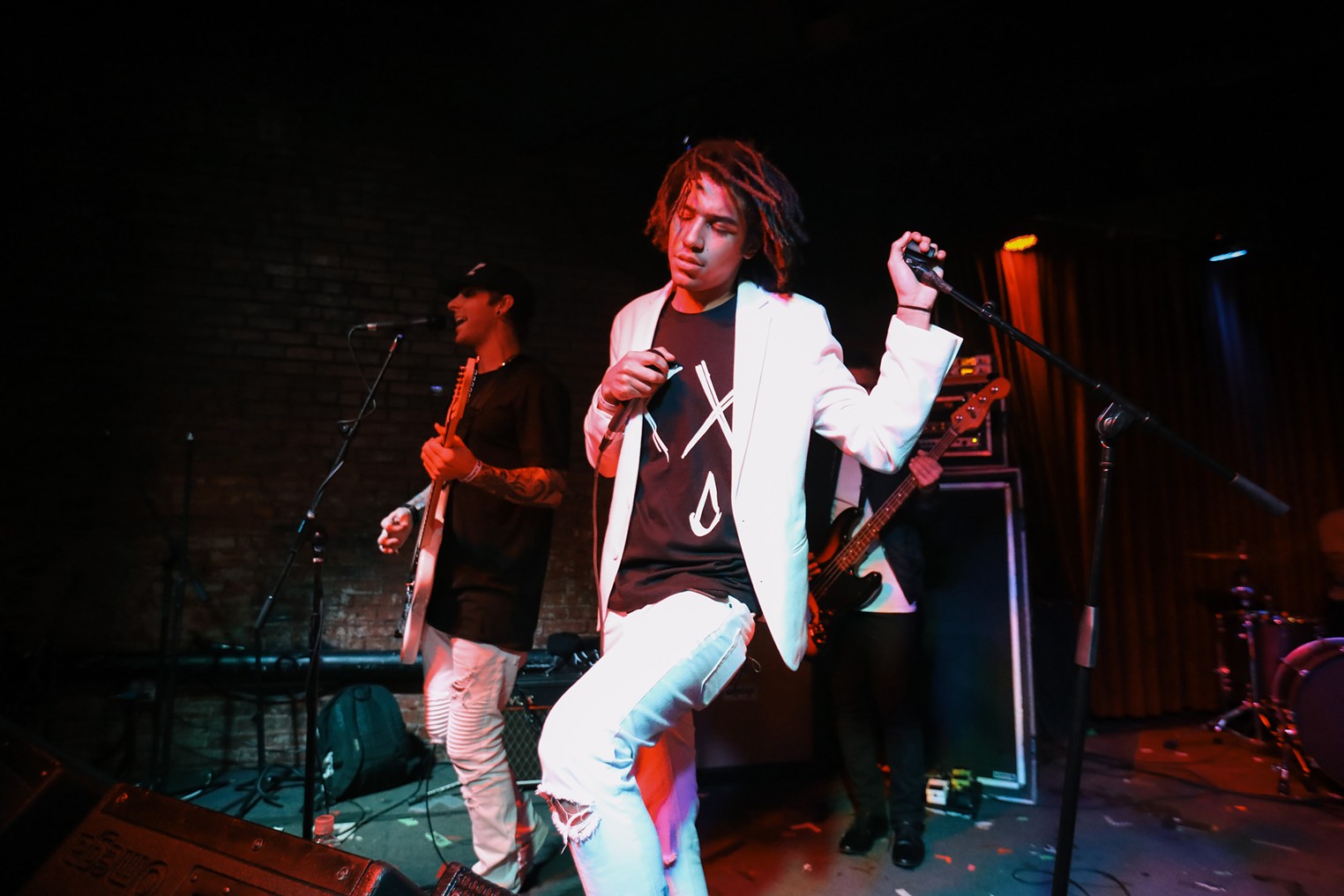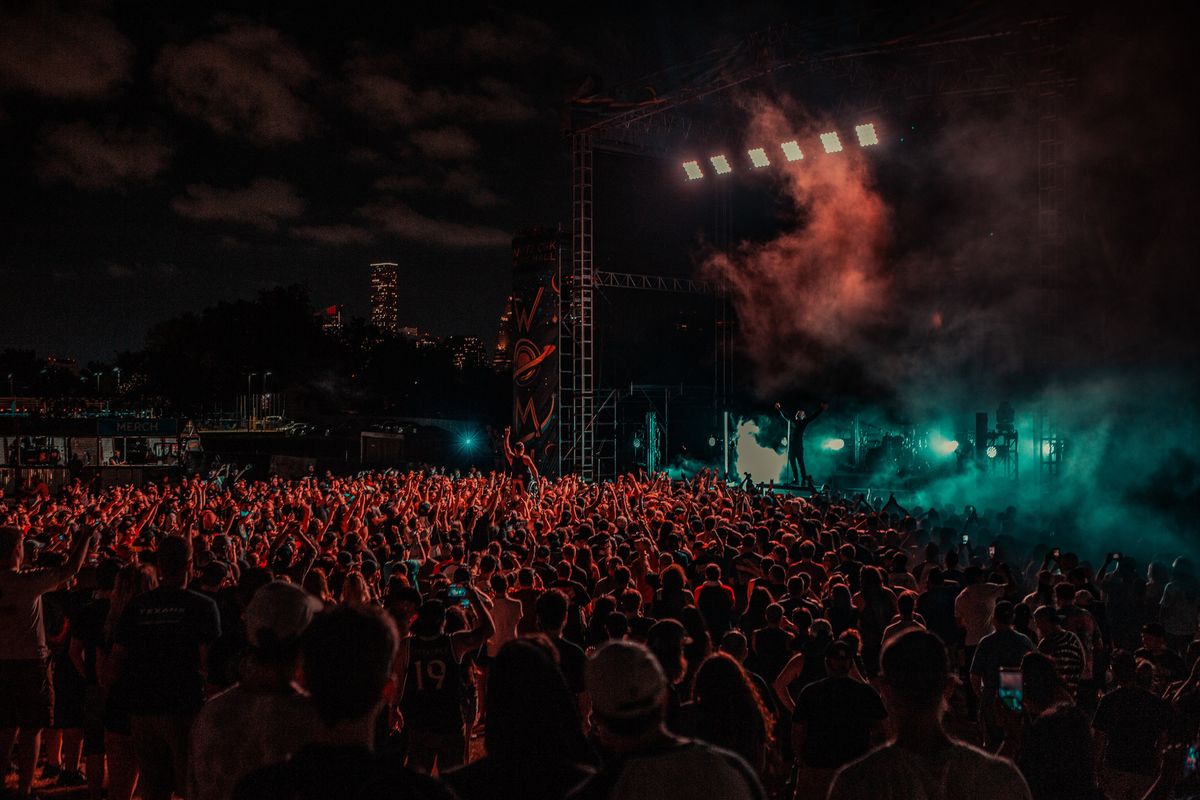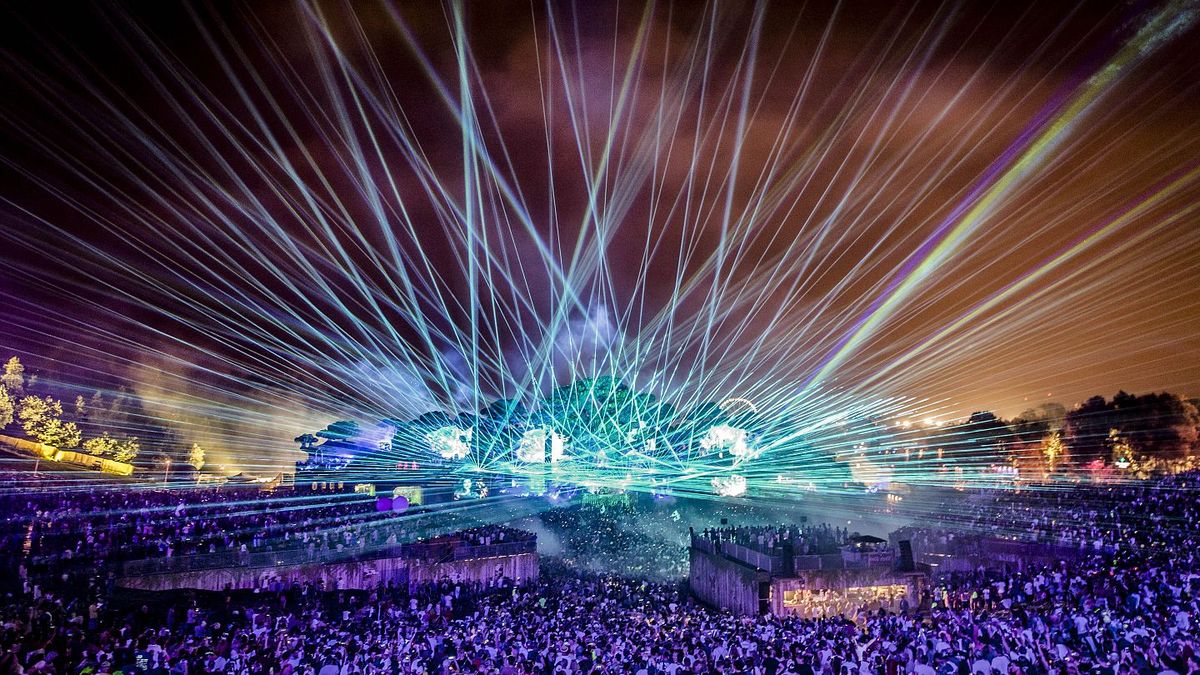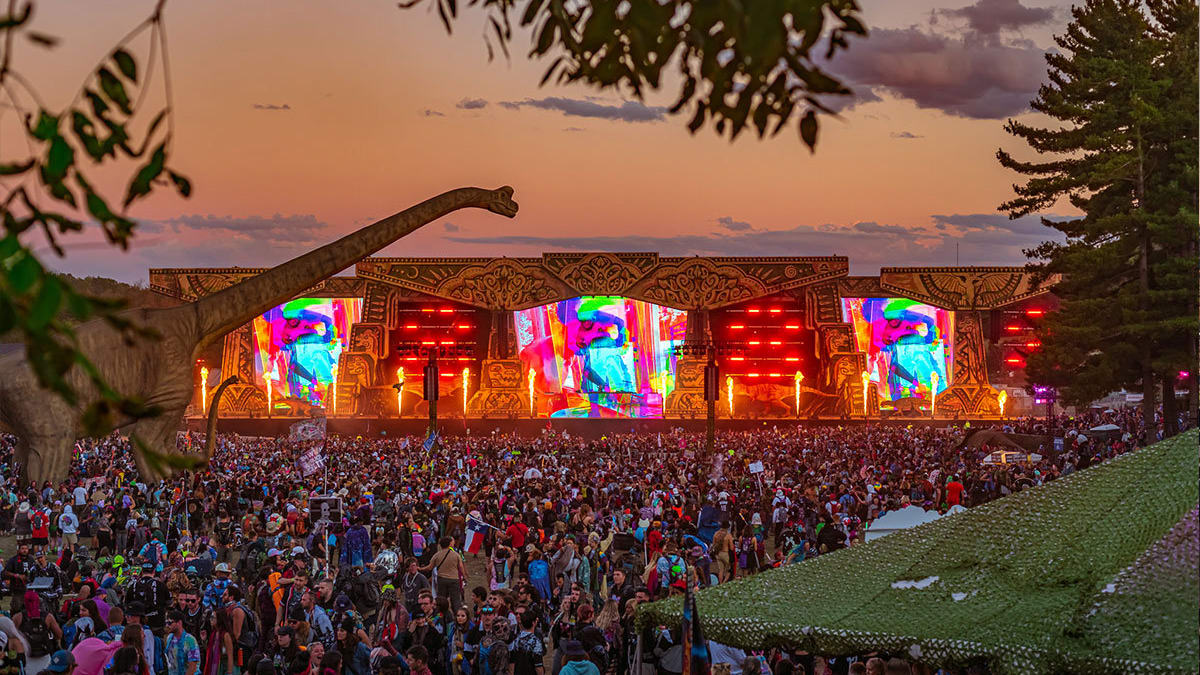Home>Events & Info>Festival>What Was The Purpose Of The Woodstock Music Festival
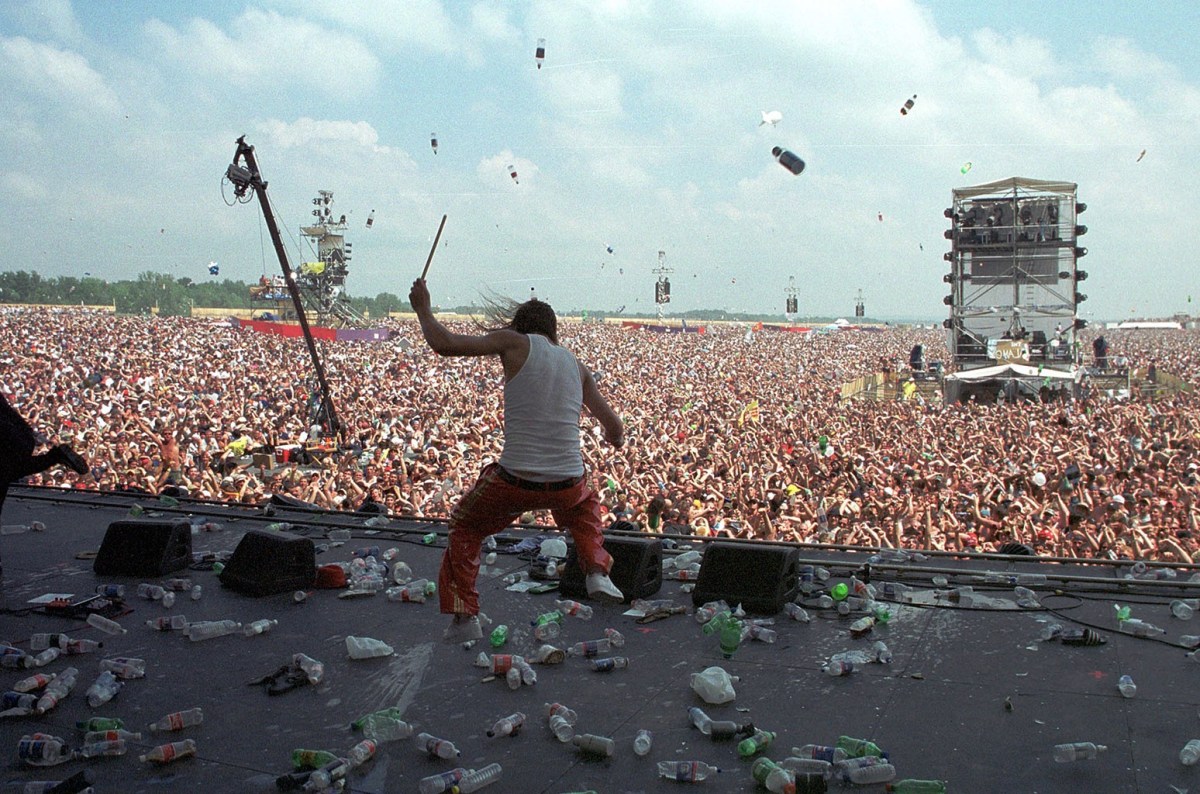

Festival
What Was The Purpose Of The Woodstock Music Festival
Modified: January 22, 2024
Discover the purpose and significance of the Woodstock Music Festival, a legendary festival that defined a generation. Immerse yourself in the music, culture, and iconic moments of this historic festival.
(Many of the links in this article redirect to a specific reviewed product. Your purchase of these products through affiliate links helps to generate commission for AudioLover.com, at no extra cost. Learn more)
Table of Contents
Introduction
The Woodstock Music Festival, also known simply as Woodstock, was a historic cultural event that took place from August 15 to 18, 1969, in Bethel, New York. It was not only a music festival but a symbol of counterculture, peace, and love. Woodstock is widely regarded as one of the most influential events in the history of music and the culmination of the 1960s counterculture movement.
The festival drew an estimated 400,000 music enthusiasts who gathered to witness an unprecedented lineup of legendary musicians and bands. It was a celebration of music, freedom, and unity, and it left an indelible mark on the collective consciousness of not only those who attended but also on future generations.
Woodstock stands as a testament to the power of music to bring people together and transcend social and cultural boundaries. It became a symbol of the anti-establishment sentiment that was prevalent during the turbulent 1960s, and it provided a platform for artists to express their beliefs and messages through their music.
While it initially faced numerous challenges and obstacles in its planning and execution, Woodstock ultimately became a groundbreaking event that defined an era. Its impact extended far beyond the music itself, influencing fashion, art, and social movements of the time.
In this article, we will explore the historical context of Woodstock, the planning and organization of the festival, the iconic musical performances and artists who took the stage, as well as the social and cultural significance of the event. We will also examine the lasting impact and legacy of Woodstock, which continues to resonate with audiences today.
Historical Context of Woodstock
To understand the significance of the Woodstock Music Festival, it is essential to delve into the historical context of the era in which it took place. The 1960s was a decade of immense social and cultural change, marked by political activism, the civil rights movement, and opposition to the Vietnam War.
The youth of America, disillusioned by the political climate and seeking an alternative way of life, embraced a counterculture movement that rejected mainstream values and embraced peace, love, and communal living. This movement was fueled by the emergence of rock music as a powerful and influential force.
The spirit of the 1960s counterculture was characterized by a desire for freedom, equality, and a rejection of traditional societal norms. The Woodstock Music Festival was a manifestation of this spirit. It was envisioned as a way to bring people together through music and create a temporary utopia where differences could be set aside in pursuit of a greater sense of unity and understanding.
The idea for the festival originated from the desire to hold a large-scale music event in the upstate New York area. Four young entrepreneurs, Michael Lang, Artie Kornfeld, Joel Rosenman, and John P. Roberts, came together to make this ambitious idea a reality. They initially scouted several locations before settling on Max Yasgur’s dairy farm in Bethel.
The organizers faced numerous obstacles during the planning stages, including securing permits, finding financial backing, and managing logistics for such a massive event. However, despite these hurdles, they pressed on, driven by their belief in the power of music to bring about social change and unity.
The timing of the festival was also significant. It was held just a few weeks after the historic Apollo 11 moon landing, which had captivated the nation and symbolized the power of human achievement. The Woodstock Music Festival, in many ways, represented a different kind of human achievement – one that emphasized peace, love, and the power of collective expression.
As the festival gained momentum and media attention, the anticipation and excitement grew. Young people from all over the country planned to make the pilgrimage to Woodstock, hoping to experience a sense of community and connection that was lacking in their daily lives.
In August of 1969, a massive crowd descended upon Max Yasgur’s farm, far exceeding the organizers’ expectations. What was initially planned as a music festival turned into a cultural phenomenon, with hundreds of thousands of attendees creating a temporary community that embraced the ideals of peace, love, and music.
The Woodstock Music Festival marked the culmination of the counterculture movement and became a symbolic event that represented the values and aspirations of an entire generation. Its impact on music, society, and popular culture cannot be overstated, making it a defining moment in history.
Planning and Organization of the Festival
The planning and organization of the Woodstock Music Festival posed numerous challenges for its young organizers. With little experience in event planning and limited resources, they had to navigate a myriad of logistical issues to bring their vision to life.
The festival was originally intended to be held in Wallkill, New York. However, after encountering opposition from local residents and government officials, the organizers were forced to search for an alternative location. They eventually found Max Yasgur’s dairy farm in Bethel, which proved to be an ideal setting for the event.
Securing the necessary permits and funding was another major hurdle. The organizers faced numerous rejections and setbacks, but their determination and passion for the project eventually won the support of local businessmen and investors.
As the festival gained momentum, more challenges presented themselves. The estimated crowd size grew exponentially, far surpassing the organizers’ expectations. This necessitated quick adjustments to accommodate the influx of attendees. Temporary infrastructure, including stages, sound systems, and medical facilities, had to be hastily set up to ensure the safety and comfort of the massive crowd.
Managing such a large-scale event was an arduous task. The organizers relied on a team of dedicated volunteers and hired professionals to handle various aspects of the festival, including security, sanitation, and medical services. The well-being of the attendees remained a top priority throughout the planning and execution of Woodstock.
The festival organizers also placed a strong emphasis on creating a peaceful and inclusive atmosphere. They implemented a “festival without borders” philosophy, where tickets were not required for entry, and attendees were encouraged to share resources and coexist harmoniously. This free-spirited approach was a reflection of the countercultural ideals of the time.
Despite the challenges and obstacles, the organizers’ unwavering commitment, coupled with the support of the community and volunteers, made the Woodstock Music Festival possible. Their vision of a gathering centered around music and peace resonated with a generation longing for connection and unity.
The result was a three-day festival that captured the essence of the counterculture movement. It provided a platform for both established and emerging artists to share their music and messages, and it created a space for like-minded individuals to come together and celebrate their shared values.
The planning and organization of Woodstock demonstrated the power of collective action and the ability of young individuals to create transformative cultural events. Its success not only left a lasting impact on the music industry but also became a testament to the potential for social change through unity and expression.
Musical Performances and Artists
The Woodstock Music Festival boasted an unparalleled lineup of iconic musicians and bands. Over the course of the three-day event, a total of 32 acts took the stage, captivating the massive crowd and leaving an indelible mark on music history.
Some of the most memorable and influential performances at Woodstock included those by Jimi Hendrix, Janis Joplin, The Who, Santana, Jefferson Airplane, Crosby, Stills, Nash & Young, and Creedence Clearwater Revival. These artists represented the pinnacle of the rock, folk, and psychedelic genres, captivating the audience with their electrifying performances and socially conscious lyrics.
Jim Hendrix’s rendition of “The Star-Spangled Banner” during his set is often regarded as one of the most iconic musical moments of the 20th century. His mesmerizing guitar skills and innovative use of feedback and distortion captivated the audience and became a symbol of the era’s rebellion against societal norms.
Janis Joplin’s soulful and impassioned performance showcased her incredible range and emotional intensity. Her rendition of “Piece of My Heart” and “Ball and Chain” left a lasting impression on the crowd, cementing her reputation as one of the greatest female rock vocalists of all time.
The Who’s explosive set, complete with Pete Townshend’s windmill guitar strums and Roger Daltrey’s powerful vocals, energized the crowd and showcased the band’s rebellious and explosive stage presence. Their performance of “My Generation” became an anthem for the disillusioned youth of the time.
Santana took the stage with a unique blend of Latin-infused rock and mesmerizing guitar solos. Their performance of “Soul Sacrifice” catapulted the band to prominence and became one of the highlights of the festival.
Other notable acts included Joe Cocker’s soulful rendition of “With a Little Help from My Friends,” Joan Baez’s poignant and politically charged performances, and Richie Havens’ improvised opening set, which set the tone for the festival’s spirit of peace and unity.
The diversity of musical styles and the caliber of talent showcased at Woodstock brought together people from various walks of life, united by their love for music and the counterculture movement. The festival offered a platform for artists to express their viewpoints and connect with a generation hungry for social change.
It is important to note that not all musicians who were originally scheduled to perform at Woodstock were able to make it to the festival due to logistical challenges and traffic congestion. However, the artists who did perform left an enduring impact on the music world and cemented Woodstock’s status as a legendary moment in music history.
The musical performances at Woodstock reflected the cultural revolution of the time, pushing boundaries and challenging societal norms. They continue to inspire and influence artists and audiences today, making the festival an enduring symbol of artistic expression and social change.
Social and Cultural Significance of Woodstock
The Woodstock Music Festival holds immense social and cultural significance, transcending its status as a mere music event. It encapsulated the spirit of the counterculture movement and became a symbol of peace, love, and cultural revolution.
One of the key aspects of Woodstock’s significance was its emphasis on unity and inclusivity. The festival brought together people from different backgrounds, races, and socioeconomic statuses, fostering a sense of community and common purpose. This sense of unity was evident in the shared experiences of camping, singing, and dancing together, erasing societal divisions and promoting harmony.
Woodstock also served as a platform for artists to express their artistic and political beliefs. Many of the musicians who performed at the festival used their music to voice their opposition to war, advocate for civil rights, and promote environmental consciousness. Their powerful lyrics and electrifying performances resonated with the audience, inspiring them to become agents of social change.
The festival’s peaceful and cooperative atmosphere stood in stark contrast to the political turmoil and social unrest of the time. Woodstock became a symbol of the desire for a more peaceful and compassionate world, reflecting the yearning of a generation for a more inclusive and harmonious society.
In addition to promoting alternative values and ideologies, Woodstock had a profound impact on pop culture. The fashion and style associated with the festival, characterized by bell-bottoms, tie-dye shirts, and flower crowns, became iconic symbols of the counterculture movement. The festival’s influence extended to art, film, and literature, shaping the aesthetics and themes of the era.
Woodstock also played a significant role in transforming the music industry. It showcased the power of live performances and the ability of music to connect people on a profound level. The festival helped elevate rock music from a form of entertainment to a vehicle for social and cultural commentary, paving the way for the rise of politically charged and socially conscious music in the decades to come.
The lasting legacy of Woodstock can be seen in the continued celebration of its ideals and values. The festival inspired subsequent music festivals and gatherings that aimed to recreate the spirit of Woodstock, from the 1994 Woodstock ’94 festival to the recent Bethel Woods Music and Culture Festival in 2019.
Furthermore, Woodstock continues to serve as a reminder of the power of collective action and the potential for social change. It stands as a testament to the ability of individuals to come together and create a temporary utopia based on shared values of peace, love, and artistic expression.
Overall, the social and cultural significance of Woodstock cannot be overstated. It represented a pivotal moment in history, where music transcended its entertainment value and became a catalyst for social change and a symbol of hope for a better and more inclusive world.
Impact and Legacy of the Woodstock Music Festival
The impact of the Woodstock Music Festival cannot be overstated. It left an indelible mark on music, culture, and society, and its legacy continues to resonate decades later.
One of the immediate impacts of Woodstock was its influence on the music industry. The festival showcased the power of live performances and established music festivals as a viable platform for artists to connect with their audience on a deeper level. It set a new standard for large-scale music events and paved the way for the development of subsequent iconic festivals.
Woodstock also served as a cultural touchstone, representing the counterculture movement of the 1960s. It became a symbol of the desire for peace, love, and freedom, resonating with a generation that was disillusioned with mainstream values and political unrest. The festival’s ethos of unity, inclusivity, and social consciousness sparked a global conversation about the state of society and inspired individuals to take action for social change.
The legacy of Woodstock extends beyond music and counterculture. It had a lasting impact on fashion and style, influencing trends throughout the 1970s and beyond. The festival’s tie-dye shirts, denim cutoffs, and bohemian aesthetics continue to inspire fashion designers and artists to this day.
The environmental consciousness fostered at Woodstock also left a significant imprint. The festival promoted sustainable practices such as recycling and respecting nature, setting a precedent for future events and encouraging individuals to embrace a more eco-friendly lifestyle. This focus on environmental responsibility continues to be an important aspect of music festivals and events today.
Woodstock’s legacy can also be seen in the evolution of music and social movements. The festival demonstrated the power of music to unite people and bring about social change. It inspired subsequent generations of musicians to tackle political and social issues through their art, creating a rich legacy of politically charged and socially conscious music.
Perhaps the most profound legacy of Woodstock is its reminder of the capacity for humanity to come together in times of division. The festival showcased the power of unity, love, and peace in the face of societal challenges. It was a moment of hope and idealism that continues to inspire individuals to strive for a better and more compassionate world.
Woodstock’s impact and legacy are not confined to the events of that August weekend in 1969. Its significance reverberates through cultural movements, music festivals, and social activism today. It serves as a symbol of the limitless potential of collective action, the enduring power of music, and the universal yearning for peace and unity. Woodstock remains an iconic and influential event that continues to inspire generations with its message of love, music, and social change.
Conclusion
The Woodstock Music Festival stands as a historic and transformative event in the annals of music and cultural history. It embodied the spirit of the counterculture movement of the 1960s and solidified its place as a symbol of peace, love, and artistic expression. The festival’s impact and legacy continue to resonate with subsequent generations.
Woodstock was more than just a music festival; it was a powerful representation of the yearning for social change and a better world. It brought together hundreds of thousands of individuals from diverse backgrounds, uniting them under the shared values of music, peace, and unity.
The festival’s significance extended beyond its three-day duration. It left an enduring impact on music, inspiring future generations of musicians to use their art as a vehicle for social and political commentary. Woodstock set the stage for subsequent music festivals to thrive, showcasing the power of collective experiences and live performances to ignite cultural shifts.
Woodstock’s cultural significance also left an indelible mark on fashion, art, and environmental consciousness. Its bohemian style and commitment to sustainable practices influenced subsequent fashion trends, while its celebration of nature and advocacy for environmental responsibility heralded a new era of eco-consciousness.
Moreover, Woodstock served as a symbol of hope and possibility, reminding us of the transformative power of unity and love. It demonstrated that in the face of division and unrest, music and human connection can transcend boundaries and inspire individuals to work towards a more inclusive and compassionate society.
The legacy of Woodstock continues to inspire and influence artists, activists, and dreamers around the world. It remains a touchstone of cultural and social revolution, reminding us of the power of collective action and the enduring quest for peace and understanding.
As we reflect on the lasting impact of Woodstock, we are reminded of the festival’s ability to bring people together, bridging gaps and creating a temporary utopia grounded in music, love, and shared values. Woodstock serves as a timeless symbol of the human spirit’s capacity for hope, creativity, and a collective vision for a better world.


